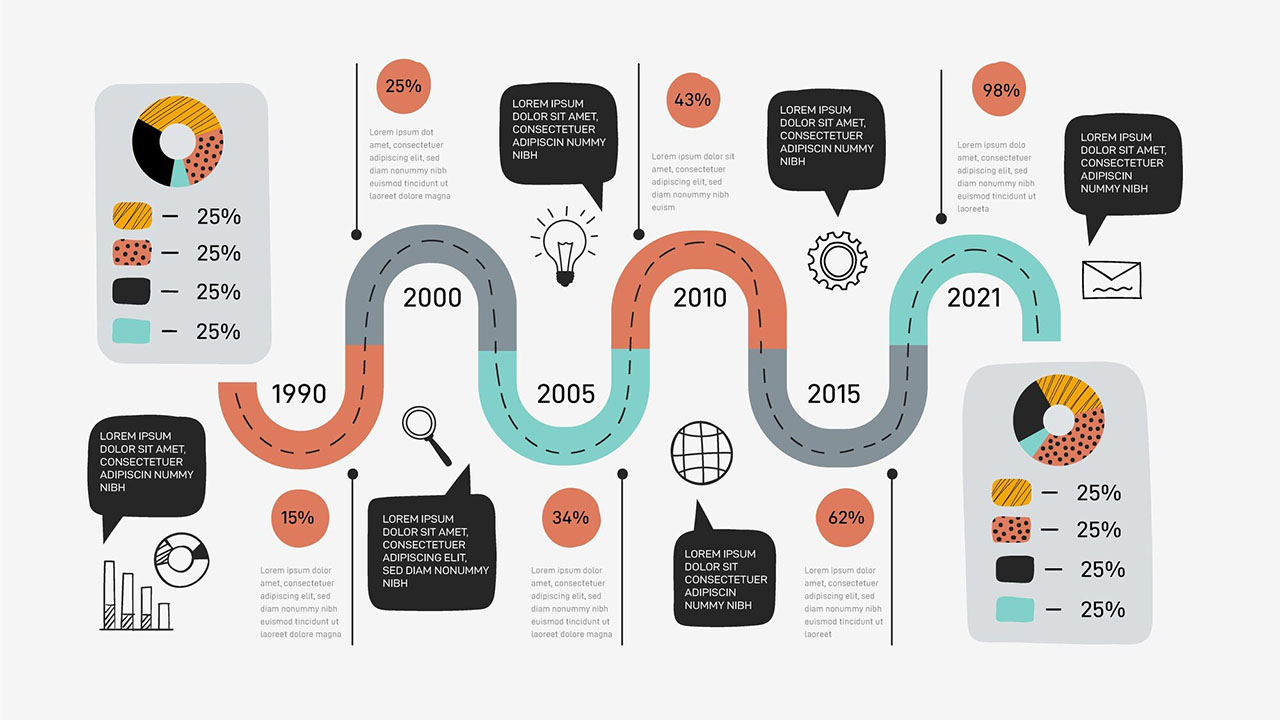In today's competitive business landscape, understanding your customers is paramount to success. One of the most effective ways to gain this understanding is by creating a Customer Journey Map (CJM). This strategic tool provides a visual representation of the customer's experience with your brand, from initial awareness through to post-purchase interactions. Here's why developing a CJM should be the main first step for your business.
Deep Customer Insights
A CJM helps businesses gain deep insights into customer behaviors, needs, and pain points. By mapping out each touchpoint, you can see exactly where customers interact with your brand and identify what they expect at each stage. This detailed understanding allows you to tailor your offerings and communications to better meet customer needs, ultimately improving satisfaction and loyalty.
Enhanced Customer Experience
By identifying and addressing pain points, businesses can enhance the overall customer experience. A CJM highlights areas where customers might face difficulties or frustrations, enabling you to make targeted improvements. For instance, if customers frequently abandon their shopping carts at checkout, a CJM can help pinpoint the issue, whether it’s a complex process, hidden costs, or lack of payment options. Solving these issues can lead to a smoother, more enjoyable customer journey.
Informed Decision Making
A well-crafted CJM provides a data-driven foundation for decision-making. It allows businesses to prioritize initiatives that will have the most significant impact on the customer experience. Whether it’s investing in a new CRM system, redesigning a website, or launching a new marketing campaign, the CJM ensures that decisions are aligned with customer needs and expectations, leading to more effective and efficient use of resources.
Improved Marketing Strategies
Understanding the customer journey helps businesses develop more targeted and effective marketing strategies. By knowing where and how customers interact with your brand, you can create personalized marketing campaigns that resonate with your audience. For example, if the CJM reveals that customers frequently research products on social media before making a purchase, you can focus your marketing efforts on those platforms, using tailored content to drive engagement and conversions.
Better Cross-Departmental Collaboration
Creating a CJM involves input from various departments, including marketing, sales, customer service, and product development. This collaborative approach ensures that everyone in the organization has a unified understanding of the customer journey. It breaks down silos and promotes a customer-centric culture, where all teams work together towards the common goal of improving the customer experience.
Increased Customer Retention
By continuously refining the customer journey based on insights from the CJM, businesses can foster long-term relationships with their customers. Satisfied customers are more likely to become repeat buyers and advocates for your brand. They are also less likely to switch to competitors. A CJM helps identify opportunities for engagement and retention, such as loyalty programs, personalized follow-ups, and exceptional customer service.
Innovation and Growth Opportunities
A CJM can uncover unmet needs and opportunities for innovation. By analyzing the customer journey, businesses can identify gaps in the market or areas where competitors are falling short. This insight can lead to the development of new products, services, or features that better serve your customers and differentiate your brand from the competition. Moreover, it can reveal new market segments or expansion opportunities that can drive business growth.
Alignment with Customer Expectations
Customers today expect seamless, personalized experiences. A CJM helps ensure that your business aligns with these expectations at every stage of the journey. By understanding and meeting these expectations, you can build trust and loyalty, which are critical in today’s competitive marketplace. This alignment also helps in creating consistent and coherent brand messages, ensuring that customers have a uniform experience across all touchpoints.
Proactive Problem Solving
With a CJM, businesses can proactively identify and address potential issues before they escalate. It allows you to anticipate customer needs and challenges, leading to more proactive rather than reactive problem-solving. This proactive approach not only improves the customer experience but also saves time and resources that would otherwise be spent on resolving customer complaints.
Measurable Success
A CJM provides a clear framework for measuring the success of your customer experience initiatives. By defining key performance indicators (KPIs) at each stage of the journey, you can track progress and make data-driven adjustments. This continuous improvement loop ensures that your customer experience efforts are effective and aligned with business goals.
Conclusion
In summary, creating a Customer Journey Map is a critical first step for any business aiming to thrive in today’s customer-centric marketplace. It provides invaluable insights, enhances the customer experience, informs strategic decisions, and drives collaboration across the organization. By prioritizing the development of a CJM, businesses can build stronger relationships with their customers, foster loyalty, and unlock new opportunities for growth and innovation. Investing time and resources into understanding and mapping the customer journey is not just beneficial—it is essential for sustained business success.


Comments (0)